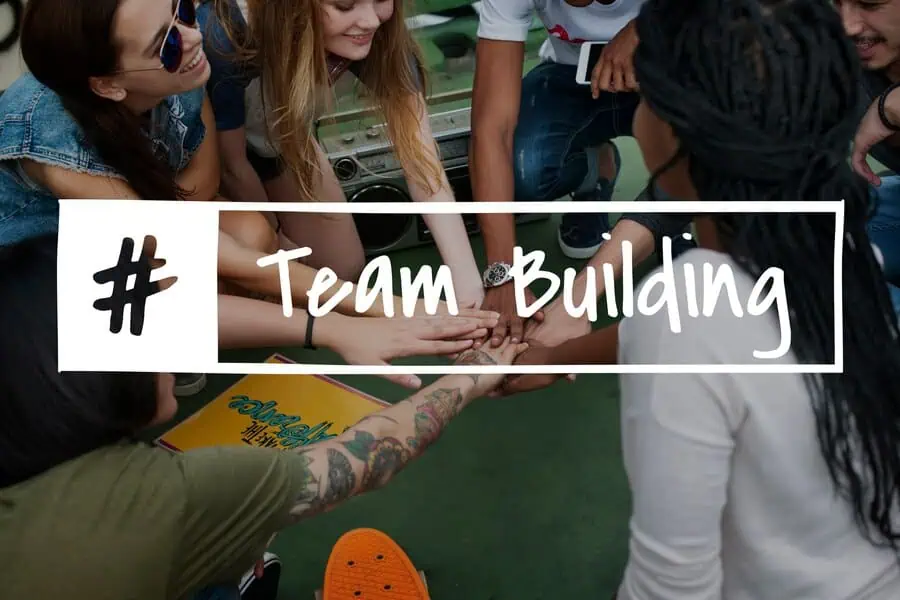
As businesses continue to evolve in today’s fast-paced digital world, the way we work has drastically changed. With the rise of technology and remote work, more and more employees are no longer bound to their desks, but rather working in various locations such as on the go or within a specific project. These “deskless workers” may include field technicians, sales representatives, healthcare professionals, and many others who spend a majority of their time outside of the traditional office setting.
While this type of work arrangement offers flexibility and freedom for employees, it can also present unique challenges when it comes to team building and fostering a sense of camaraderie among colleagues. In this blog post, we will explore the importance of team building for deskless workers and share some effective activities that can bring these individuals together despite physical barriers.
Team building comes with its own set of challenges for deskless teams. Below are some of the more common ones:
Deskless employees frequently operate on irregular schedules, posing a challenge in synchronizing the availability of the entire team. Their work hours are often unpredictable and subject to change, presenting a significant hurdle for team cohesion and collaboration.
Deskless employees seldom remain in one fixed location, instead fulfilling diverse roles across multiple customer sites and service regions. Consequently, they encounter fewer opportunities for casual relationship-building and collaboration that are typical in office environments.
Deskless roles often lack access to essential technology like computers, collaboration tools, and communication channels. This limitation inhibits activities such as video conferencing or file access, hindering virtual team building. Consequently, traditional office-based team-building activities may prove ineffective for deskless workers, necessitating innovative approaches to foster team cohesion and performance. A report by Owl Labs reveals that 41% of remote workers struggle to adapt to company culture, highlighting the importance of equitable access to video conferencing, messaging, and project management tools for remote employees to actively engage in team activities and company events.
Over 80% of employers and employees believe creating a sense of community at work is important. Here are some of the best team-building activities for deskless workers that your organization can adopt:
In global offices, remote activities are a lifeline for team building. These free virtual team-building activities do not require physical attendance. Specific activity ideas that can be done virtually include:
Since deskless workers have limited free time, microlearning activities, which can be done during short breaks or shift changes, are one way to incorporate team-building exercises into daily activities.
Examples of such activities include:
On-site gatherings, despite being hugely restricted for deskless teams, can have a drastic effect when organized. For breaks or shift changes, you could incorporate the following team building activities for deskless workers:
The examples provided offer just a glimpse into the realm of team-building activities tailored for deskless workers. Below are additional strategies to further enhance team cohesion among this dynamic workforce:
By embracing creativity, flexibility, and a genuine dedication to nurturing a vibrant team culture, organizations can unleash the full potential of their deskless workforce through impactful team-building endeavors.
Implementing team building activities for deskless workers can significantly enhance workplace morale, foster stronger bonds among team members, and ultimately improve overall productivity. By recognizing the unique needs and challenges faced by deskless workers and tailoring activities to accommodate their work environments, organizations can create a more inclusive and cohesive team culture. From outdoor adventures to virtual challenges, the key lies in fostering communication, collaboration, and a sense of belonging among all team members, regardless of their work settings.
Managers can ensure inclusivity and engagement by involving deskless workers in the planning process, considering their preferences and limitations. It’s essential to choose activities that accommodate varying abilities, cultural backgrounds, and communication styles. Additionally, providing multiple options for participation, such as virtual and in-person activities, allows everyone to join in according to their comfort level and availability.
Resistance might be a reason for the lack of perceived value or a belief that team building is a waste of time. There are a few steps to this. First, ensure they benefit from better communication, collaboration, and job satisfaction. Second, specifically explain how these activities affect their work experience. Finally, get feedback and suggestions from team members who resist to ensure the activities are engaging and relevant.
While the impact may be difficult to quantify, the success of team-building activities for remote teams can be measured in several ways. These might include utilizing leaderboard feedback surveys, monitoring participation rates in activities, and observing changes in team dynamics, communication, and collaboration before and after.